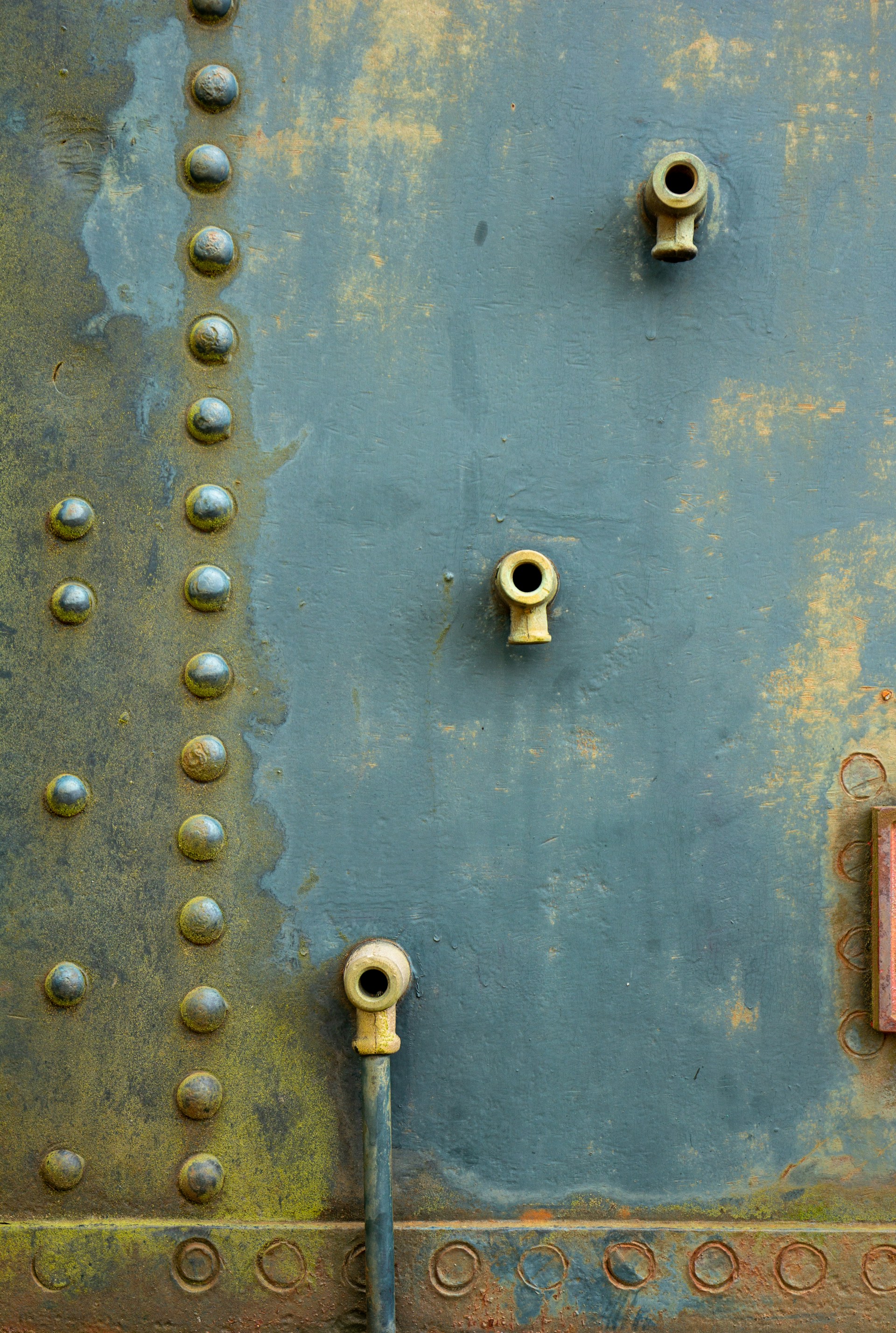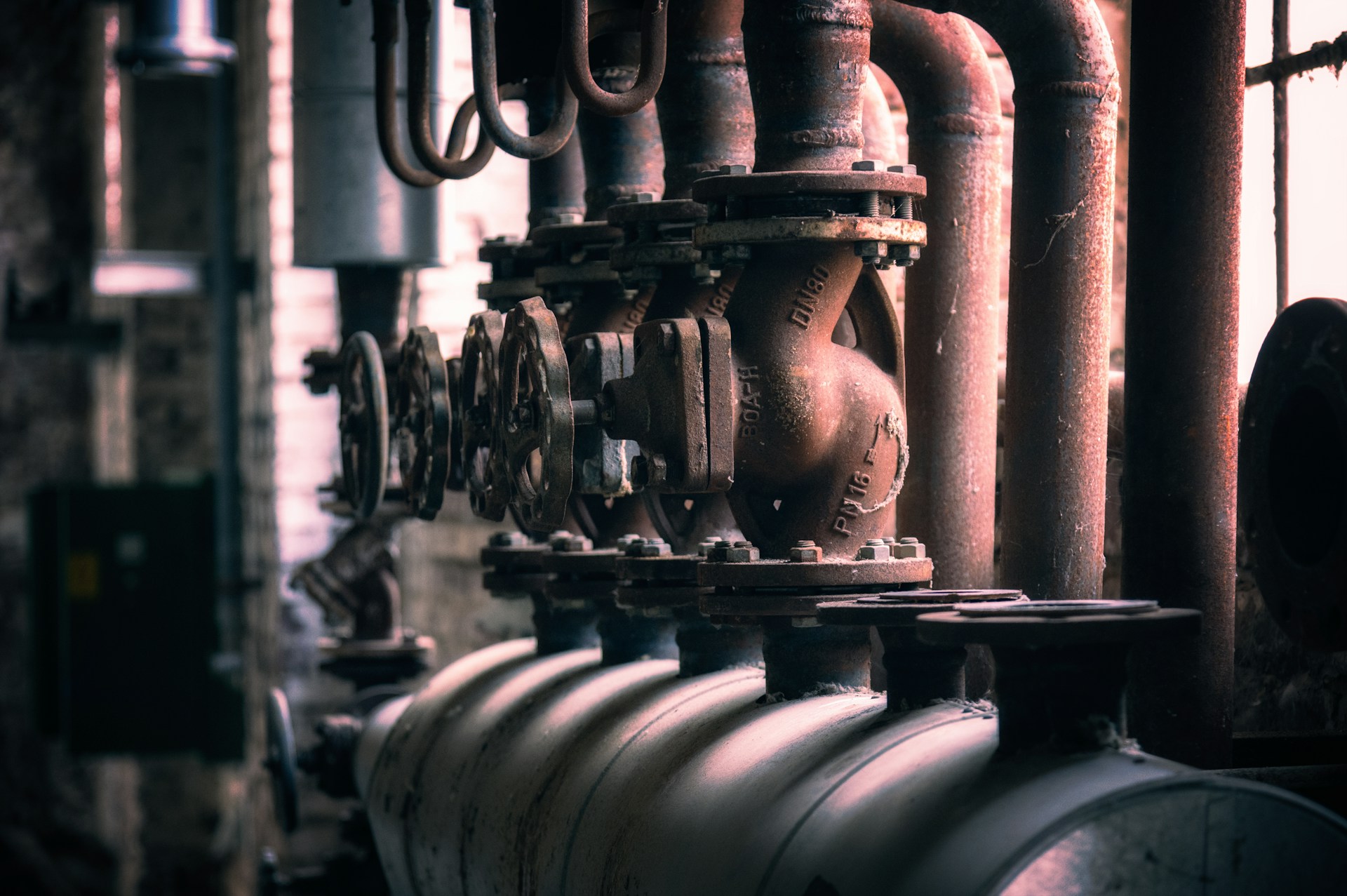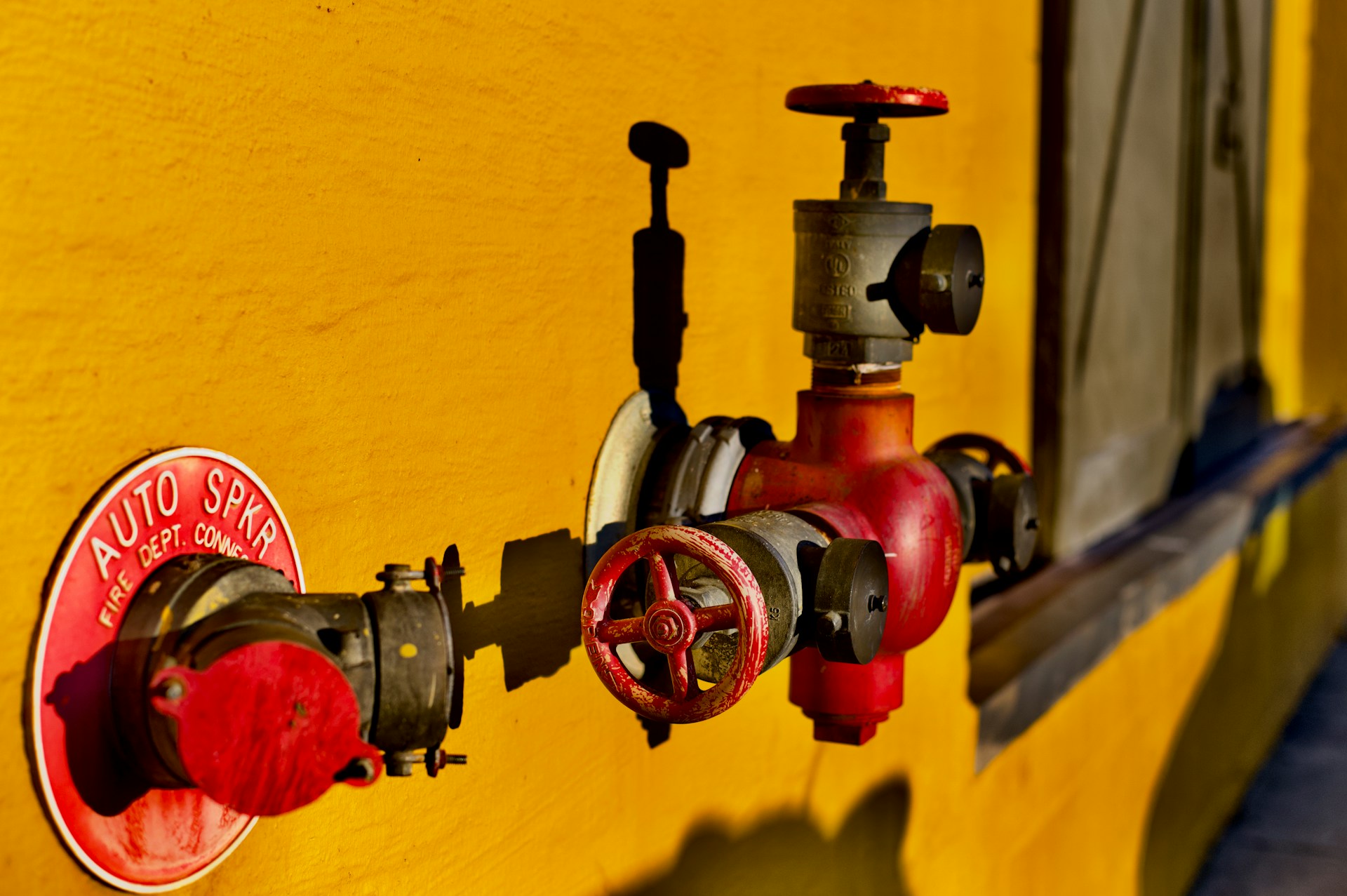In fluid systems, maintaining pressure within safe limits is crucial to ensure the safety and efficiency of operations. Relief valves play a vital role in achieving this by preventing excessive pressure buildup.
What is a Relief Valve?
A relief valve is a type of safety valve designed to control or limit the pressure in a system. When the pressure within a system exceeds a predetermined limit, the valve opens, allowing the excess fluid to escape, thereby reducing the pressure. Once the pressure returns to a safe level, the valve closes again. These valves are crucial for protecting equipment, preventing accidents, and ensuring the smooth operation of various industrial processes.
How Does a Relief Valve Work?
Relief valves operate based on a simple principle: pressure differential. These valves are typically spring-loaded. The spring is set to a specific pressure limit. When the system pressure exceeds this limit, it overcomes the spring force, causing the valve to open. This allows the excess pressure to be released, usually to a safe location or back into the system. Once the pressure drops to the desired level, the spring force closes the valve, preventing further release of fluid.

Types of Relief Valves
There are several types of relief valves, each designed for specific applications and operating conditions. Here are the most common types:
- Pressure Relief Valves (PRVs): These valves open at a predetermined pressure to protect equipment from excessive pressure. They are commonly used in boilers, pressure vessels, and pipelines.
- Safety Relief Valves (SRVs): Similar to PRVs, safety valves are used in applications where both liquid and gas might be present. They provide reliable overpressure protection.
- Thermal Relief Valves: These valves protect against pressure buildup caused by thermal expansion in liquid-filled systems. They are often used in closed-loop systems like refrigeration and heating.
- Pilot-Operated Relief Valves: These valves use system pressure to control the opening and closing of the valve. They are used in high-pressure applications where precise pressure control is required.
- Vacuum Relief Valves: These valves protect equipment from vacuum conditions by allowing air or gas to enter the system when a vacuum is detected, preventing equipment collapse or damage.
Applications of Relief Valves
Relief valves are used across a wide range of industries and applications to ensure safe and efficient operation. Some common applications include:
- Industrial Processes: Protecting equipment and pipelines in chemical, petrochemical, and power generation industries from overpressure conditions.
- Boilers and Pressure Vessels: Ensuring safety by releasing excess pressure in boilers and pressure vessels to prevent explosions or damage.
- Hydraulic Systems: Maintaining safe pressure levels in hydraulic systems to protect pumps, hoses, and other components.
- Refrigeration Systems: Preventing pressure buildup due to thermal expansion in closed-loop refrigeration and air conditioning systems.
- Water and Wastewater Systems: Controlling pressure in water distribution and wastewater treatment systems to prevent pipe bursts and equipment damage.
Benefits of Using Relief Valves
Relief valves offer several key benefits that contribute to the safety and efficiency of fluid systems:
- Pressure Control: Automatically control and maintain pressure within safe limits, protecting equipment and personnel.
- Safety: Prevent catastrophic failures such as explosions or equipment damage by relieving excess pressure.
- Reliability: Provide consistent and reliable operation with minimal maintenance requirements.
- Versatility: Available in various types and materials to suit different applications and operating conditions.

We provide solutions.
Shop our catalog of valves!
Conclusion
Relief valves are indispensable components in fluid systems, ensuring safe and efficient operation by controlling pressure and preventing overpressure conditions. Understanding the different types of relief valves and their applications helps in selecting the right valve for specific needs. Whether in industrial processes, boilers, hydraulic systems, or refrigeration systems, relief valves play a crucial role in protecting equipment, preventing accidents, and maintaining system integrity.
For expert guidance on selecting the appropriate relief valve for your application, contact us for support
Photo by Kevin Butz on Unsplash Photo by Joakim Honkasalo on Unsplash Peter Herrmann on Unsplash

